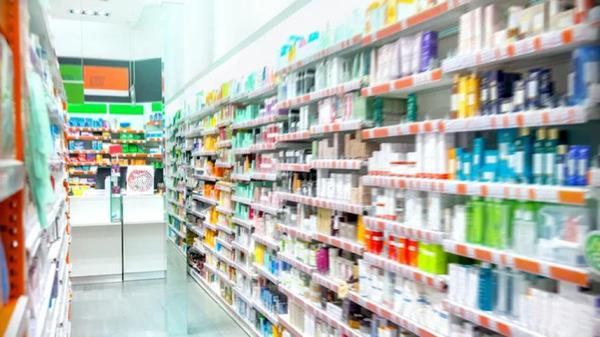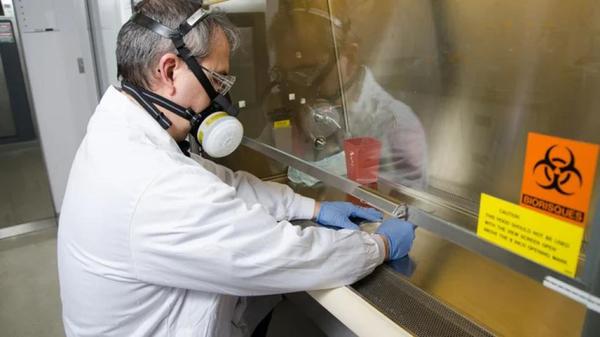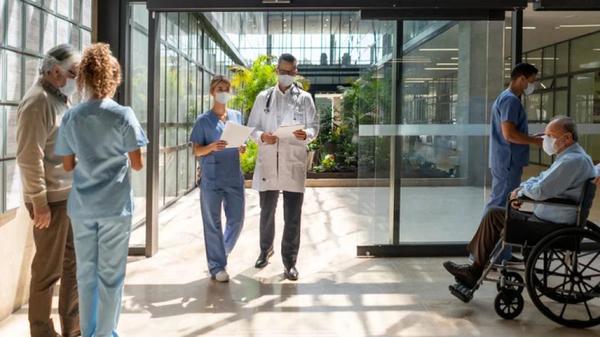
Charitable Pharmacies: What They Are and How They Help People Access Medications
It’s estimated that around 10% of people in the U.S. don’t have health insurance. Many more are underinsured and are forced to stretch their finances or choose between medications and other basic necessities, such as food or rent. And with rising prescription costs, nearly 40% of people say they struggle to afford their medications.
Charitable pharmacies, which are often nonprofit organizations and provide free medications to low-income and uninsured people, are tackling this problem by helping those who need it most. In fact, according to the National Association of Free and Charitable Clinics, there are more than 5.8 million visits to charitable pharmacies and clinics every year.
Below, we’ll answer common questions about charitable pharmacies — what they are, the services they provide, and how to find one in your area.
Charitable pharmacies, which are often nonprofit organizations and provide free medications to low-income and uninsured people, are tackling this problem by helping those who need it most. In fact, according to the National Association of Free and Charitable Clinics, there are more than 5.8 million visits to charitable pharmacies and clinics every year.
Below, we’ll answer common questions about charitable pharmacies — what they are, the services they provide, and how to find one in your area.
























